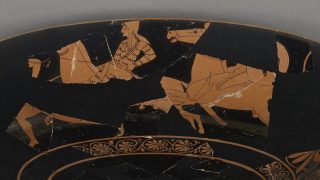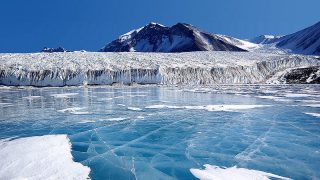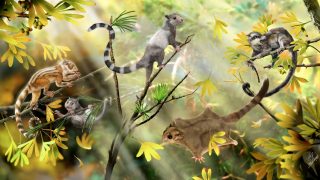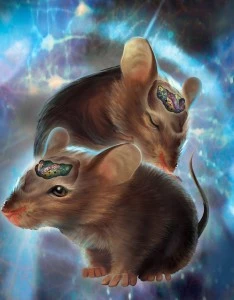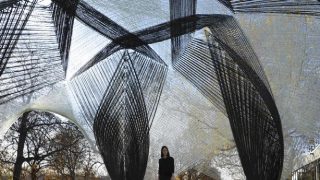
Biological solutions for architectural problems
Materials science is becoming more and more an interdisciplinary field in which almost every traditional subject has its say. Disciplines such as biology, medicine, computational design, architecture or even music, painting or sculpture converge on this open-minded host. As a result, new inspiring research is coming from so many different fronts, brought together by their […]
